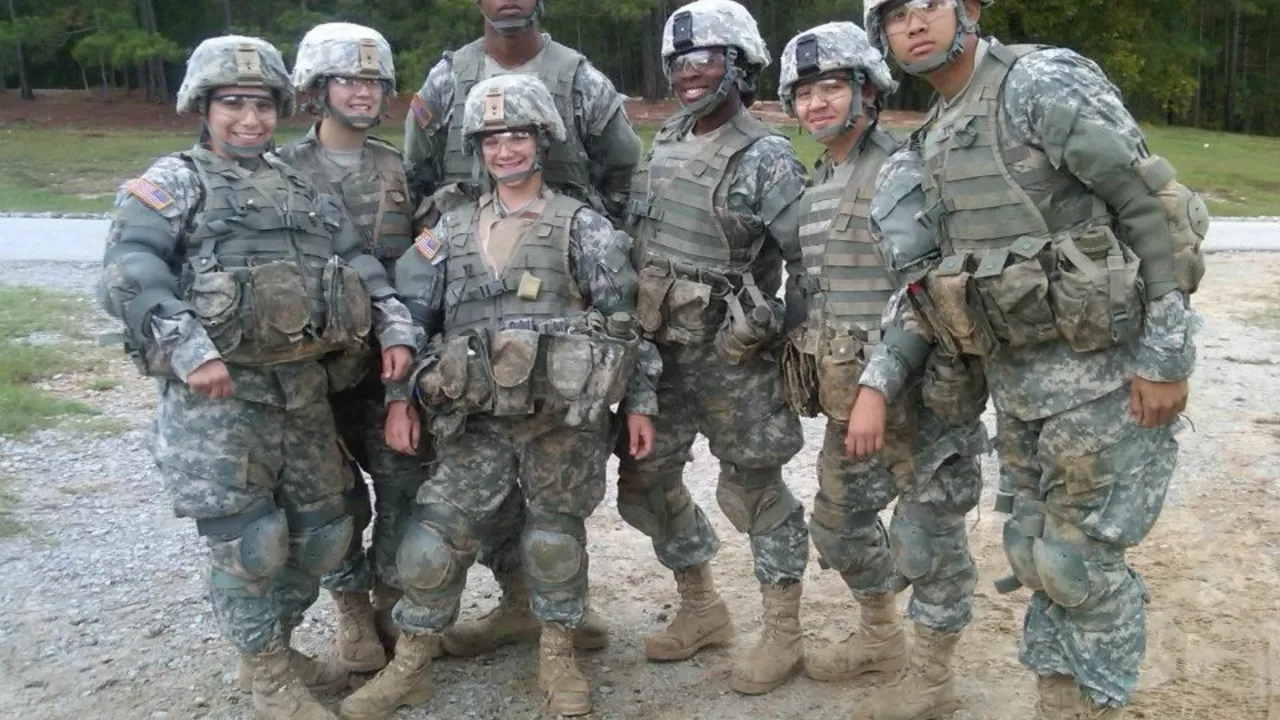Balancing Responsibilities in Sports and Life
When it comes to balancing responsibilities, the act of juggling multiple duties such as training, competition, work, and personal relationships. Also known as duty juggling, it is a daily challenge for many athletes. Balancing responsibilities isn’t just a buzzword; it’s a set of skills that lets a player show up for early‑morning drills, evening family meals, and the occasional sponsor event without burning out. The first step is to see the whole picture: every hour spent on the field, in the gym, or on a laptop is part of a larger equation that includes recovery, relationships, and future goals.
One of the most useful tools in that equation is time management, a structured approach to allocating minutes and hours to specific tasks. Also called schedule planning, it lets athletes break down a week into blocks for practice, video review, travel, and downtime. For example, an NFL player who practices six days a week might reserve two hours on Tuesdays for film study, then set aside Sunday evenings for family dinner. When you pair time management with clear priorities, you create a workflow that reduces last‑minute scramble and keeps stress levels in check. The habit of writing a simple daily checklist often reveals hidden time‑wasters, and swapping those minutes for focused recovery can improve performance on the pitch.
How Team Commitments and Personal Life Interact
Another key piece of the puzzle is team commitments, the obligations an athlete has toward coaches, teammates, and the club’s schedule. Also referred to as club duties, they dictate training intensity, travel mileage, and game‑day rituals. When a player respects the team’s calendar, the whole squad benefits: chemistry stays high, coaching plans stay on track, and fans enjoy a consistent product. However, heavy team commitments can clash with a player’s personal life, the sphere of family, friendships, and personal interests outside sport. Also called off‑field life, it’s where mental recovery happens. If a midfielder misses a child’s recital because of an unexpected away game, the emotional toll can spill over into the next training session. Finally, the broader goal of a sports career ties everything together. A long‑term view of sports career planning encourages athletes to treat each season as a stepping stone toward post‑playing opportunities, whether that’s coaching, entrepreneurship, or media work. By mapping out milestones—such as earning a Hall of Fame nod, securing a sponsorship, or completing a degree—players can allocate time today that pays off later. This forward‑looking mindset makes balancing responsibilities less about juggling chaos and more about building a sustainable life plan.
With those ideas in mind, you’ll find the articles below cover everything from practice schedules and showboating etiquette to the toughest Hall of Fame inductions. Dive in to see how real‑world examples illustrate the concepts of time management, team commitments, and personal life balance, giving you actionable insights to apply to your own routine.
Balancing these two worlds means setting realistic boundaries. Some athletes negotiate “quiet weeks” after a long travel stretch, allowing them to reconnect with home life. Others use club resources—like counseling services or flexible travel arrangements—to keep personal commitments from eroding performance. The relationship here forms a semantic triple: team commitments influence personal life, which in turn affects on‑field performance.
Hey there, folks! Now here's a question that's been doing a few somersaults in my head lately: 'Can I sport some snazzy camo in the National Guard while still managing to slide in a soccer goal or two in college?' Well, the answer is a big, resounding YES! You can absolutely serve your country and still get your kicks on the soccer field. It's all about balance and commitment, folks. But remember, it's like juggling flaming soccer balls... exhilarating but you'll need to keep your focus!

 Sports News
Sports News